Keep Up to Date with MDG
MDG News and Updates

Continuous Development of Molecular Methods To Solve Your Aquaculture Customers Pain
MDG has made continuous advances in molecular methods for the aquaculture industry. Over the last year, we presented three posters that focus on how these methods provide better insight for your customers. Thanks for all of those who dropped by our poster at the World Aquaculture Society meetings in Jeju, Korea and also our poster at the American Society of Microbiology in New Orleans, USA. If you weren’t there, here is a brief synopsis of our work. Poster #1 Combining the use of Whatman FTA cards and diagnostic PCR assays to determine the pathogenic potential of shrimp water samples shipped overseas. 2014. S. Son, A. Lange, H. Behn, and M. King. Abstract/Poster: Aquaculture America 2014. Seattle, WA. This poster was our first development of a pathogen detection method that allowed us to analyze your customers aquaculture sample from anywhere in the world. Simply put one drop of aquaculture pond water on a FTA card let it dry, and mail it without losing microbial diversities or paying for expensive international shipping charges. From this card we are able to extract DNA from the bacteria in the pond water and identify the Vibrio toxins present in the ponds sampled.This method was semi-quantitative and allowed […]
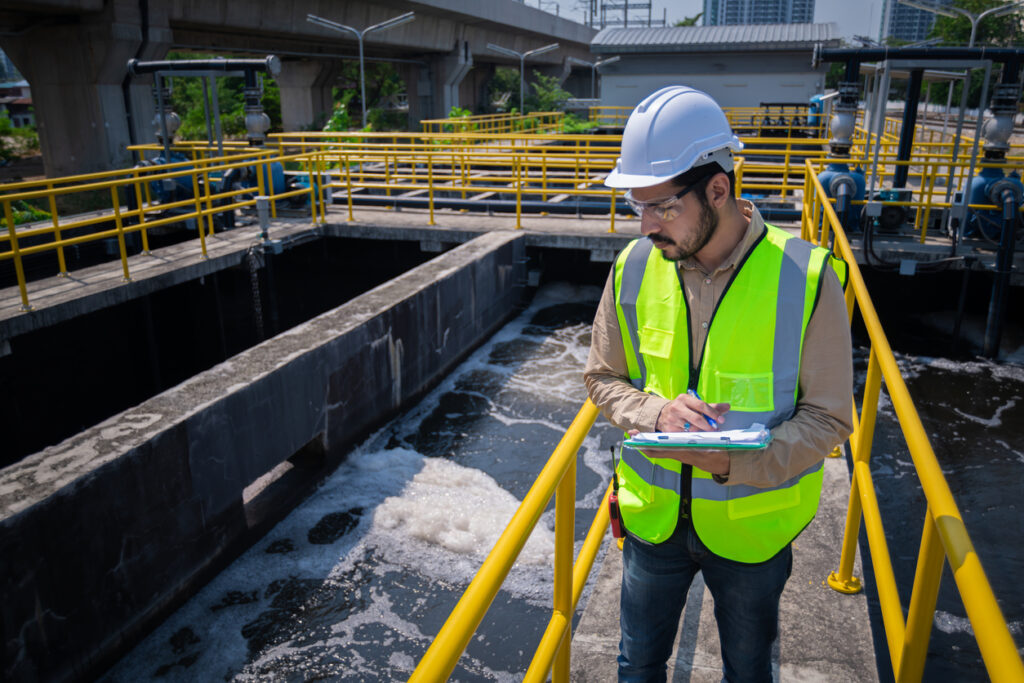
Fascination with Domination
What’s all the fascination with domination? I have heard a lot of folks lately trying to dominate wastewater with our microbes. I would say I have had at least 5 questions about it this month alone. We even had a customer whose customer tried to plate their waste and was very concerned to find that we were not predominating in the system. Hopefully everyone understands it is not our goal to dominate a wastewater system with our microbes, because it would work extremely poor if it did. Rather, our goal is to be a contributing part of the microbial community, with unique specialized traits. Bioaugmentation means to enhance, complement, supplement, or basically help. We are there to fill holes. We want to help the natural flora do what it can’t do on its own. But we can’t do this if we try to dominate the system. Even if we did, it wouldn’t be cost effective and it would throw the system balance off considerably. Imbalance means problems, usually in the form of filamentous. I recently found this thesis where a student was using pyrosequencing to study wastewater: Pyrosequencing using 16s primers, is a DNA technique that allows you to study and identify […]
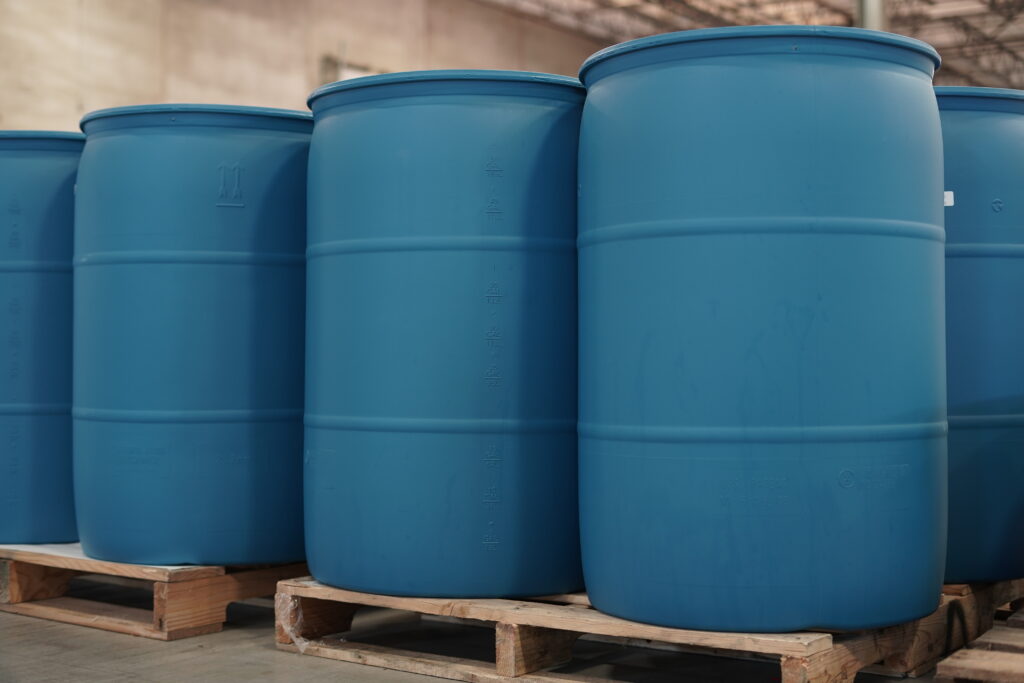
Stabilize Before You Commercialize
One of the hardest things to do in this business is to tell a customer that the great liquid product idea they are so excited about is at least 3-6 months away from commercialization. Nothing deflates them faster and I don’t enjoy sharing the news, but it has to be done. Hate me now, love me later when your product doesn’t explode or implode on the shelf. You see, any new liquid product formulation needs to go through stabilization studies to insure a long-term shelf life. The surfactants or other ingredients in the formulation are food sources for contaminating bacteria like Pseudomonas which are common blending facility contaminates. I have seen my competitors test it for a week and some a month (with varying results), but I fear we want to hold on for 3-6 months before we are comfortable with commercialization. I’ve seen bacterial issues show themselves after 2 months, and I’ve seen preservative systems weaken at 6 months, allowing for mold growth. Bacterial growth is very unsightly, causes odors and can lead to gas production but the biggest concerns are recalls and a damaged reputation. The mold concerns aren’t as bad, usually creating hairy mold in the product, but it […]
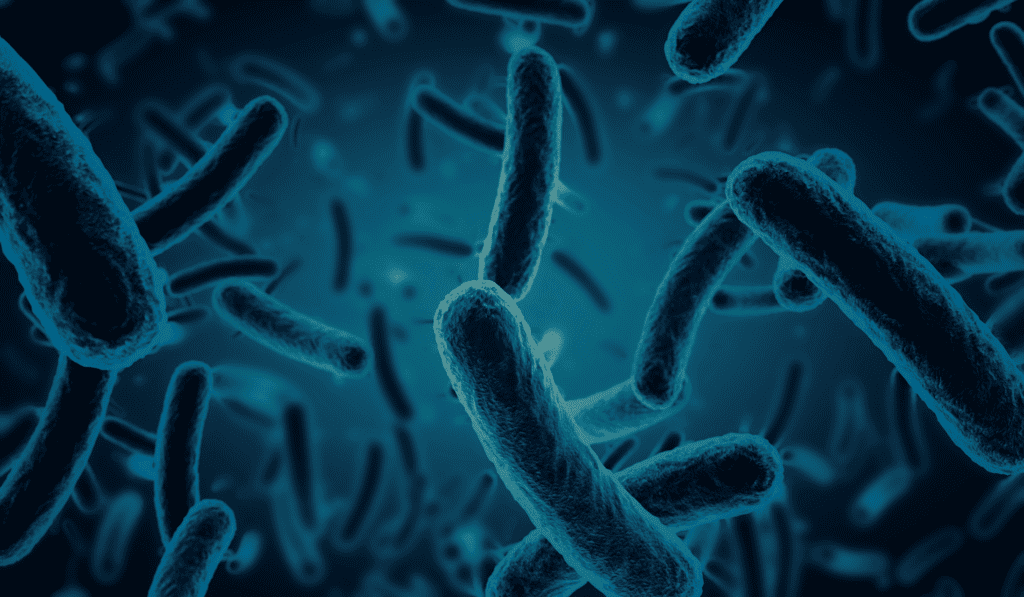
Just The One’s You Want To Keep
Keeping customers through effective biological solutions. I remember as a child, a sign at the dentist’s office that said “You don’t have to floss all your teeth, just the one’s you want to keep”. It reminds me of the biological business. In today’s economy, every once in awhile we will temporarily lose a client. Alas, the allure of a “Bacillus” product that is 10 or even 15% cheaper. We wish them well and hope someday they will be back. Quite often they are, once they lose a few customers. They tell me their sad stories of how saving 10% on a raw material caused them to lose some of their best customers. In the long run, the 10% savings cost them 100 fold. We smile and welcome them back with open arms and remind them how important sustainable and residual business is to their bottom line. You see in this business you get what you pay for. There are commodity products and performance products. Based on our DNA testing of competitive products, the lower priced commodity products frequently have fewer strains and a less effective range of substrate digestion, enzyme production and lower activity at various ranges of pH and […]
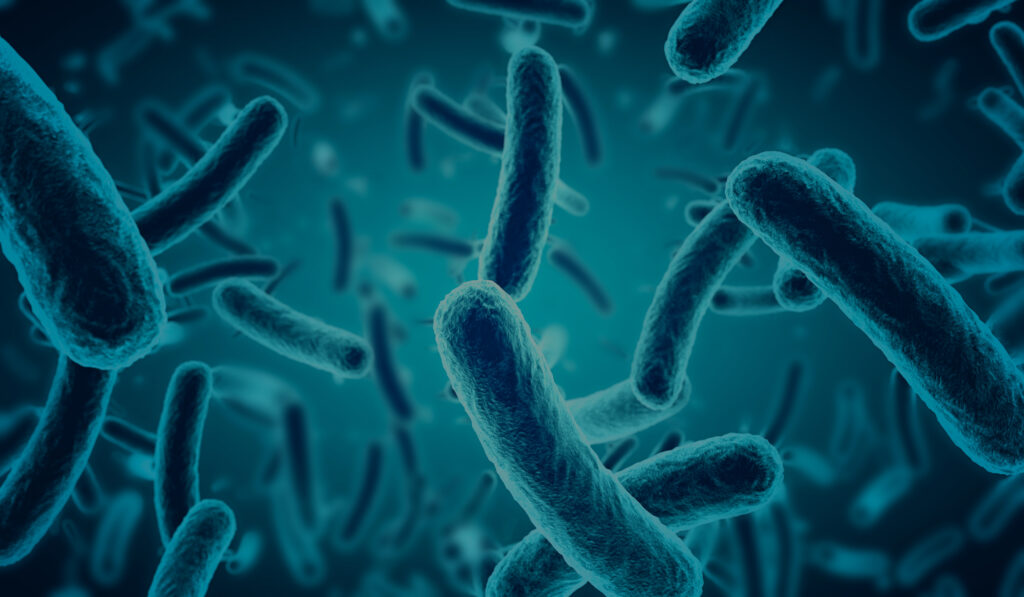
Bacillus, Distinguishing Species and Strains Part II
Bacillus Strain Identification: Common Problems, Questions, and Answers In last month’s newsletter, Bacillus, Distinguishing Species and Strains Part I, we tackled the species section of the popular question “How many species and strains of Bacillus do you have in a particular product?” Now, let’s move on to strains. Can Individual Strains of Bacillus Be Distinguished? The methods described in Part I/Distinguishing Species are used to determine bacterial species, but cannot resolve individual strains of a particular species. Why is this problematic? Many of the important physiological characteristics of bacteria such as substrate range, bioactive production, and pathogenicity vary below the species level (at the strain level). MDG’s practices ensure that the best strains are selected for each and every product and that they perform the functions needed for the intended application. For those not familiar with identification and typing methods, a common problem is the confusion around the difference between species or strains. For example, we have occasionally encountered customers who reported that a competitor examination of one of our products indicated that we had only 3 strains in our 6 strain product. In this situation, we always ask which method of identification was used for testing. A typical response stated that DNA and PCR were used, prompting […]
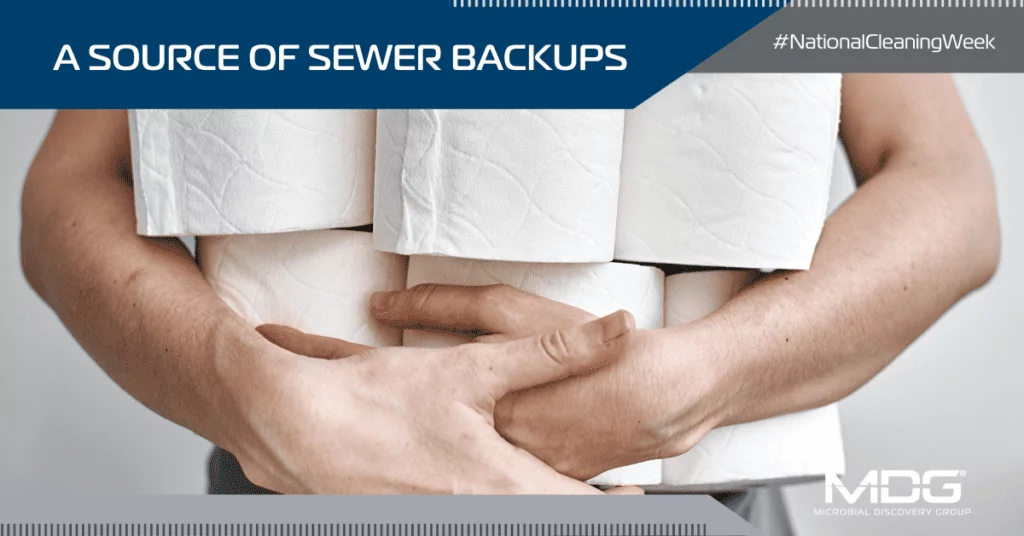
Toilet Paper Hoarding: A Source of Sewer Backups
Many people have been stocking up on toilet paper over the past few weeks. If you haven’t visited the toilet paper aisle in a while, you may be making tough decisions. Most grocery store TP shelves quickly started to collect dust. A lack of toilet paper means that many will turn to alternatives, causing issues for homeowners and municipalities if steps aren’t taken. No toilet paper means Kleenex, wipes, paper towels, shop towels, rags, and newspapers will make their way into the sewer systems. Many of you are already aware of the problems wipes are causing for municipalities. Additionally, homes with septic tanks will cause great problems if they are flushing paper towels and newspaper to their systems. The materials within these TP alternatives are hard to digest. When a sewer system can’t handle the load, it backs up into your own house or apartment. The backup may be caused from your house or your neighbors but regardless of who started the problem, it can quickly turn into a neighborhood disaster. With backups comes the stink, the E. coli, and the viruses. Viruses are always a concern but with the subject heightened around COVID-19, MDG wants to caution everyone to rethink […]

Biotifx® in Action: Lagoons and Ponds
When it comes to treating wastewater lagoons and ponds, our partners follow our full-service treatment approach that combines premier bioaugmentation products, step-by-step treatment programs, and in-field support. This unique combination creates a complete solution that brings real success to their customers – just like this real lagoon treatment story! BACKGROUND One of our distribution partners (DPs) was working with a beverage manufacturer who was utilizing evaporative wastewater holding ponds. Once a pond was filled, they allowed it to dry completely before excavating solids and refilling. A typical cycle included one month to fill the pond, followed by three months of drying. THE CHALLENGE: SLUDGE + ODOR Over some time, an issue arose when a persistent sludge cap formed on the surface of the water. This cap started preventing water from evaporating within their normal three-month cycle and it caused the pond to become anaerobic, releasing strong, unpleasant odors. THE SOLUTION: BIOTIFX® PRODUCTS + PROGRAMS By working with our technical service team and following the step-by-step Lagoon Treatment Program, our DP was able to determine WHERE, WHEN, and HOW MUCH of Biotifx® ULTRA was needed for treatment. Data was collected before, during, and after and included pictures of the sludge cap, basic water […]

Microbial Discovery Group Adds New Wastewater Treatment Account Manager
To meet the growing demand for premium, full-service bioaugmentation solutions, MDG expands their wastewater treatment team into the Northeast region. Microbial Discovery Group LLC (MDG) is pleased to announce the addition of Russell Simpkins as their newest Account Manager for the Wastewater Treatment industry. Russell will focus on servicing new MDG partners with our Biotifx® platform, a complete solution that includes top-of-the-line bioaugmentation products, step-by-step treatment programs, and in-field technical support. Russell brings over 30 years of sales experience at companies such as Ingredion Incorporated and American Water, where he was responsible for specialty chemical sales for the pulp and paper sector of the wastewater treatment industry. “Over the past few years, our focus has been on revolutionizing wastewater treatment with the use of bioaugmentation. Our Biotifx® platform combines high-value bioaugmentation products, tools, and services that have shown time and again to add significant value to common industry challenges. We’re happy to welcome Russell to our growing team and to further expand our business into the Northeast. There are endless opportunities, and we’re proud to have such a dedicated sales professional representing MDG” added Dan Romanek, National Sales Manager. When asked what he was most looking forward to, Russell explained, […]

Solving Wastewater Treatment Puzzles
No matter the application, treating wastewater is often like solving an intricate puzzle. Getting all the pieces to fit together takes the right combination of knowledge, experience, and having cold, hard data by your side. To keep it simple, we’ve outlined THREE ways our technical support team can help you (and your customers) succeed in your next wastewater treatment application: Is this the Right Opportunity? Don’t waste your time! Make sure you start by asking questions and taking system survey measurements based on the type of system you’re looking to treat. Once you have a clear picture of the environment, you’ll know if you have an opportunity that’s a good fit. Our technical support team at MDG makes it easy to gather these measurements upfront with industry-specific programs. We make sure you’ll know the right questions to ask in different scenarios, so beyond gathering technical data, you’re looking at the monetary values around how a facility is currently operating (i.e.: chemical usage, hauling costs, physical removal, etc.). All of this information will help you demonstrate the full financial impact of bringing in bioaugmentation. Creating a Successful Treatment Plan Once you’ve found an opportunity where bioaugmentation can be the hero, you’ll need to […]
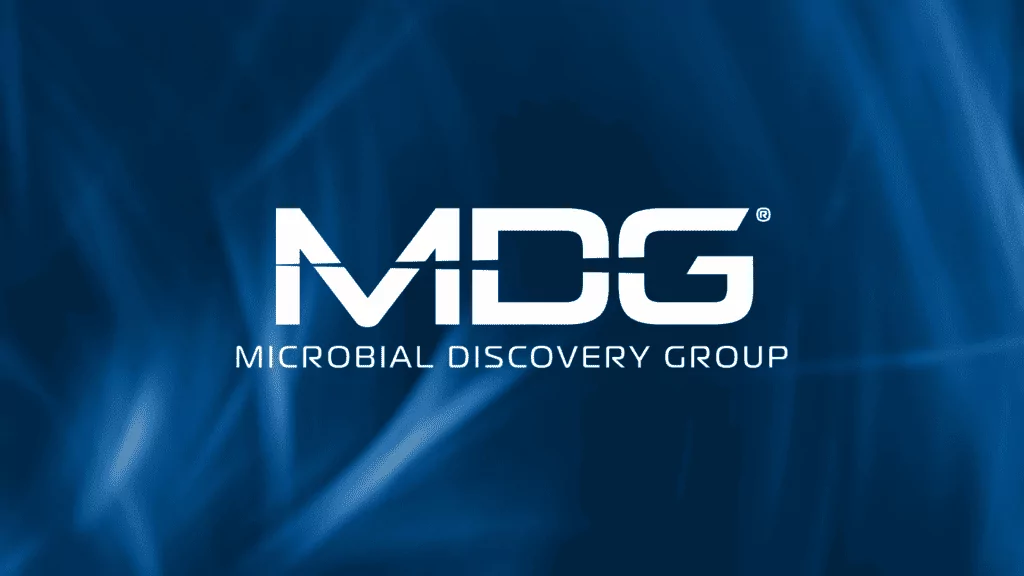
Microbial Discovery Group Announces Updated Brand
Microbial Discovery Group LLC (MDG), a leading R&D driven product development and Bacillus fermentation company, announced that as of January 2020 the brand will be refreshed with a new logo and color scheme. MDG wanted to share the rationale behind the updates and what they represent for their brand and customers. “Having experienced significant growth over the past few years and expansion into new markets, it was time to bring cohesion to our brand and our company values of working to Feed, Clean, and Save the World,” explained Jackie Worth, Head of Marketing. “We needed the ability to clearly communicate MDG’s commitment to our values and unique identity.” The new bolder logo and color scheme work to better represent the company’s drive towards creating cutting edge solutions backed by what they describe as Real Science, Trusted Process, and Proven Success in their corporate tagline. “Our new logo really embodies the strength we have within our R&D team as we gain momentum towards safely meeting the growing market demands from Probiotic Usage, Plant Health, Antibiotic Alternatives, and Biological Solutions within Wastewater and Industrial and Institutional cleaning,” added Michael King, CEO/CSO. With healthy growth projections for 2020, MDG remains extremely committed to providing value for their customers […]